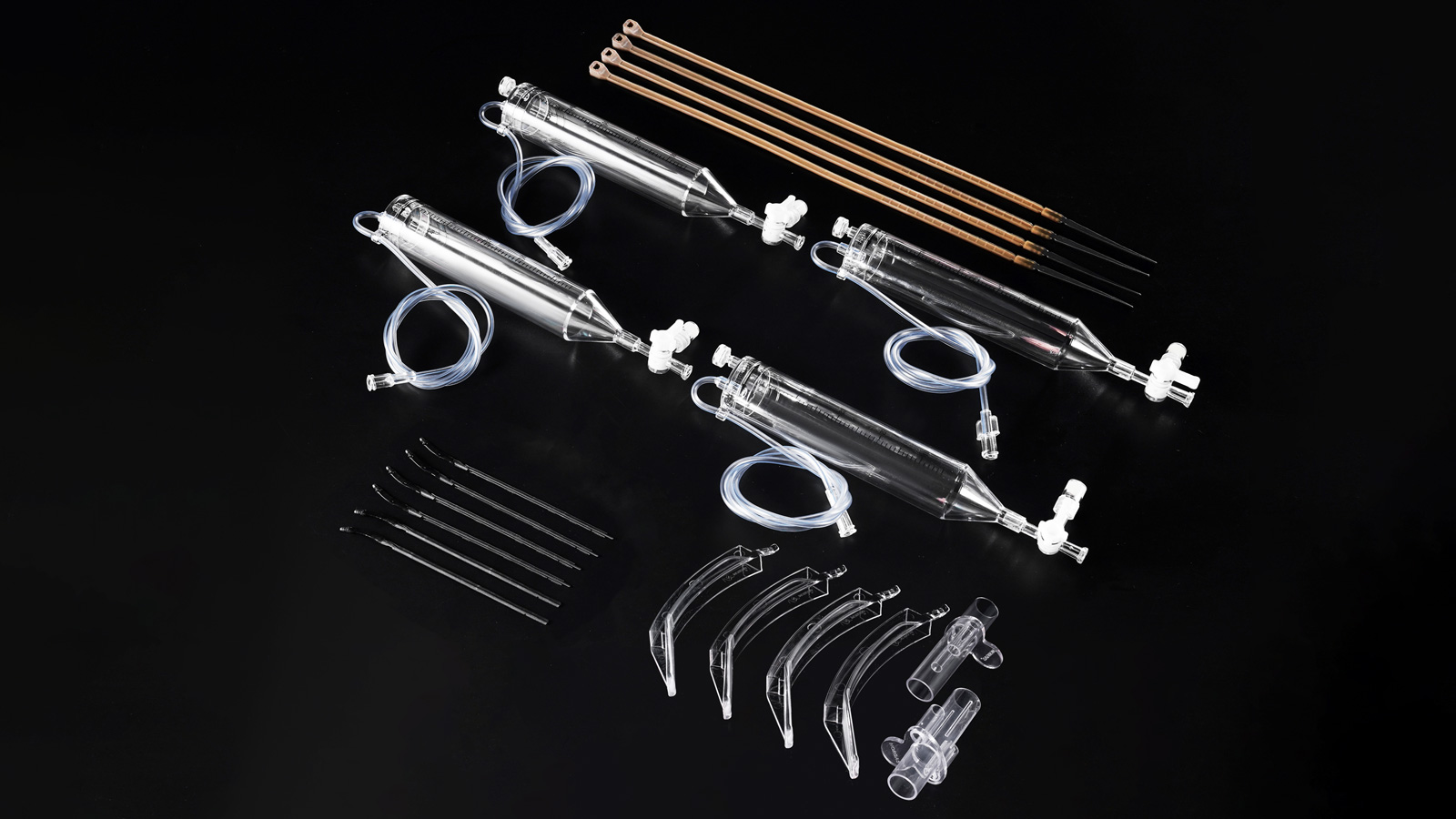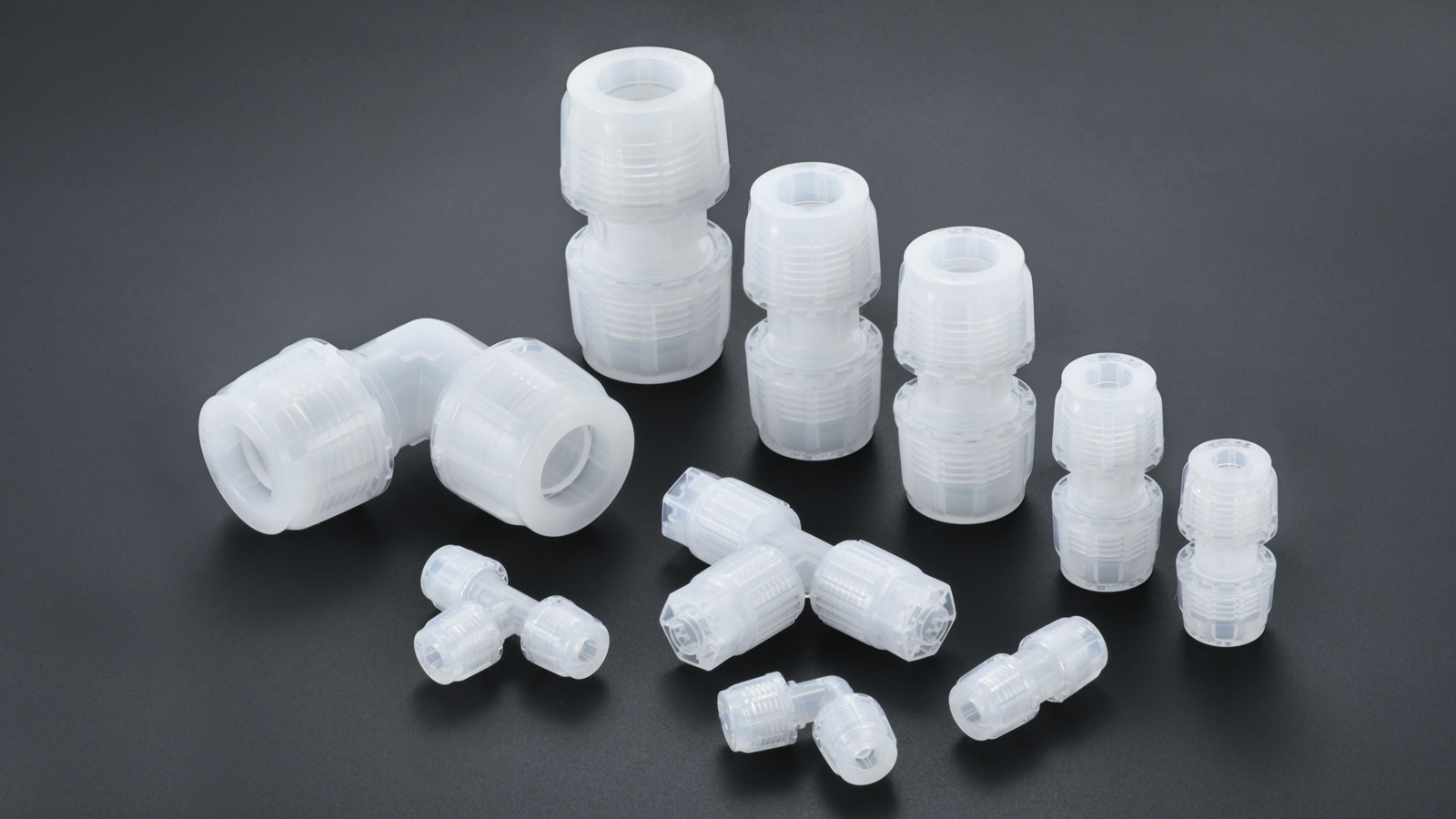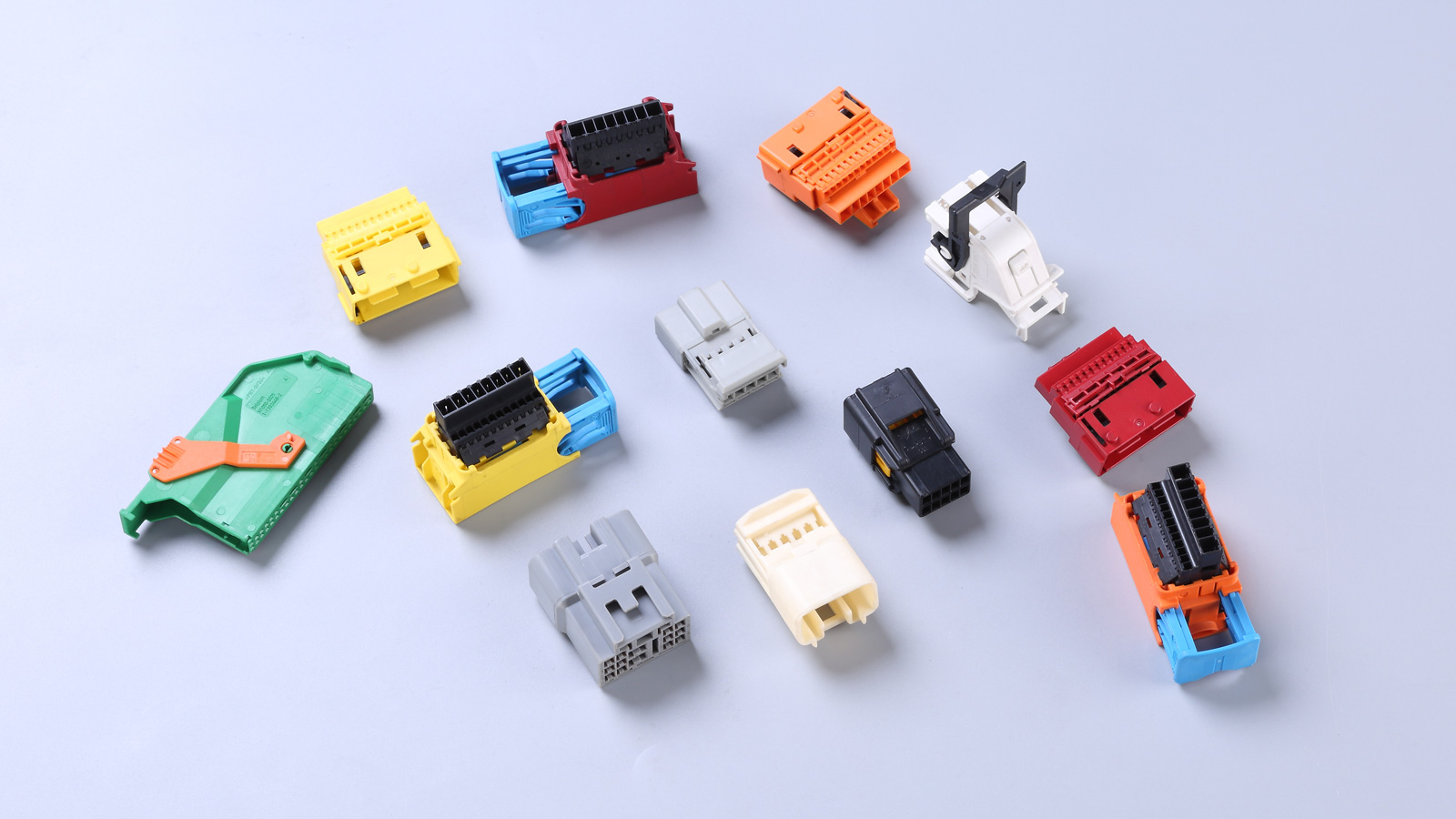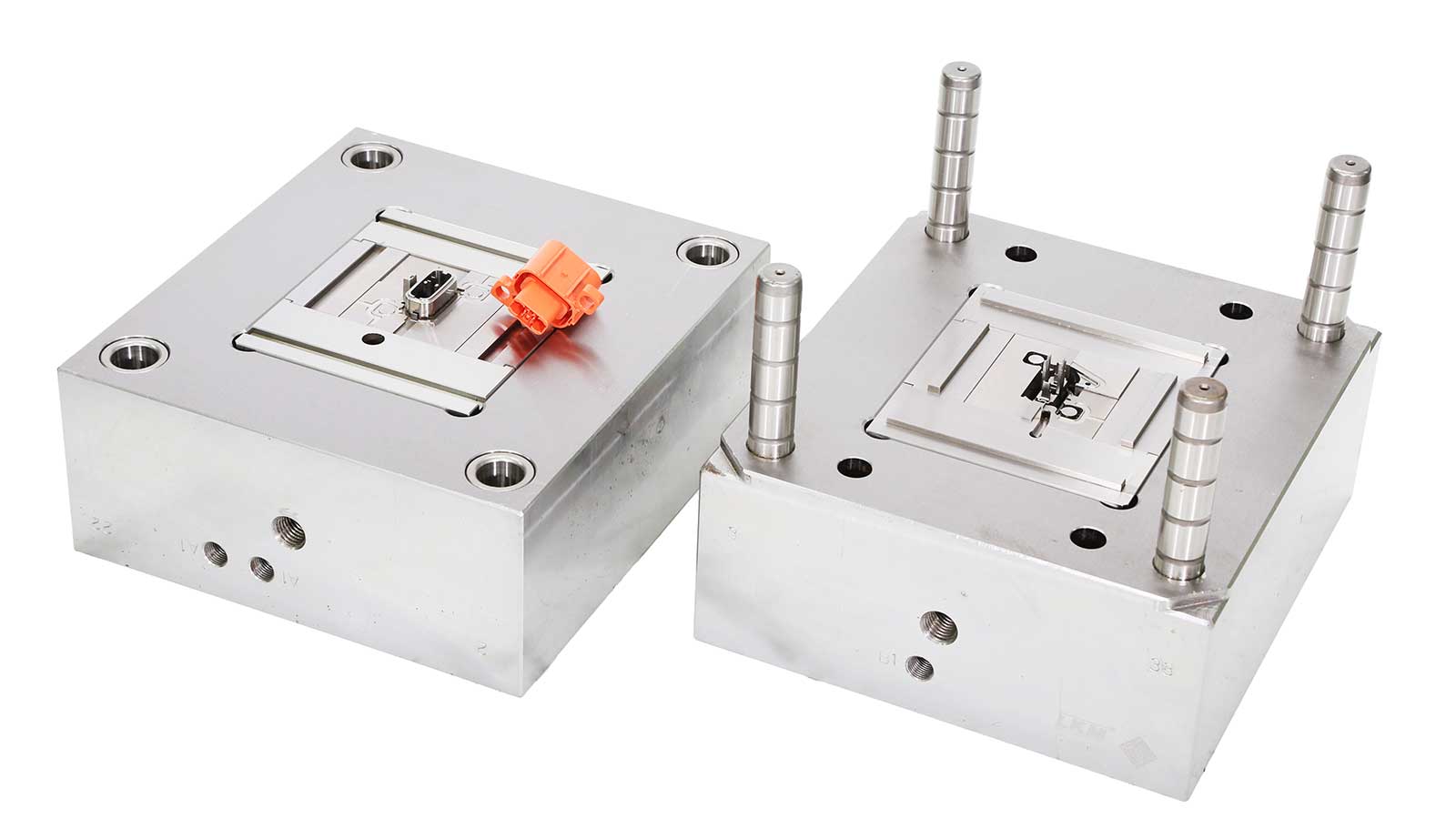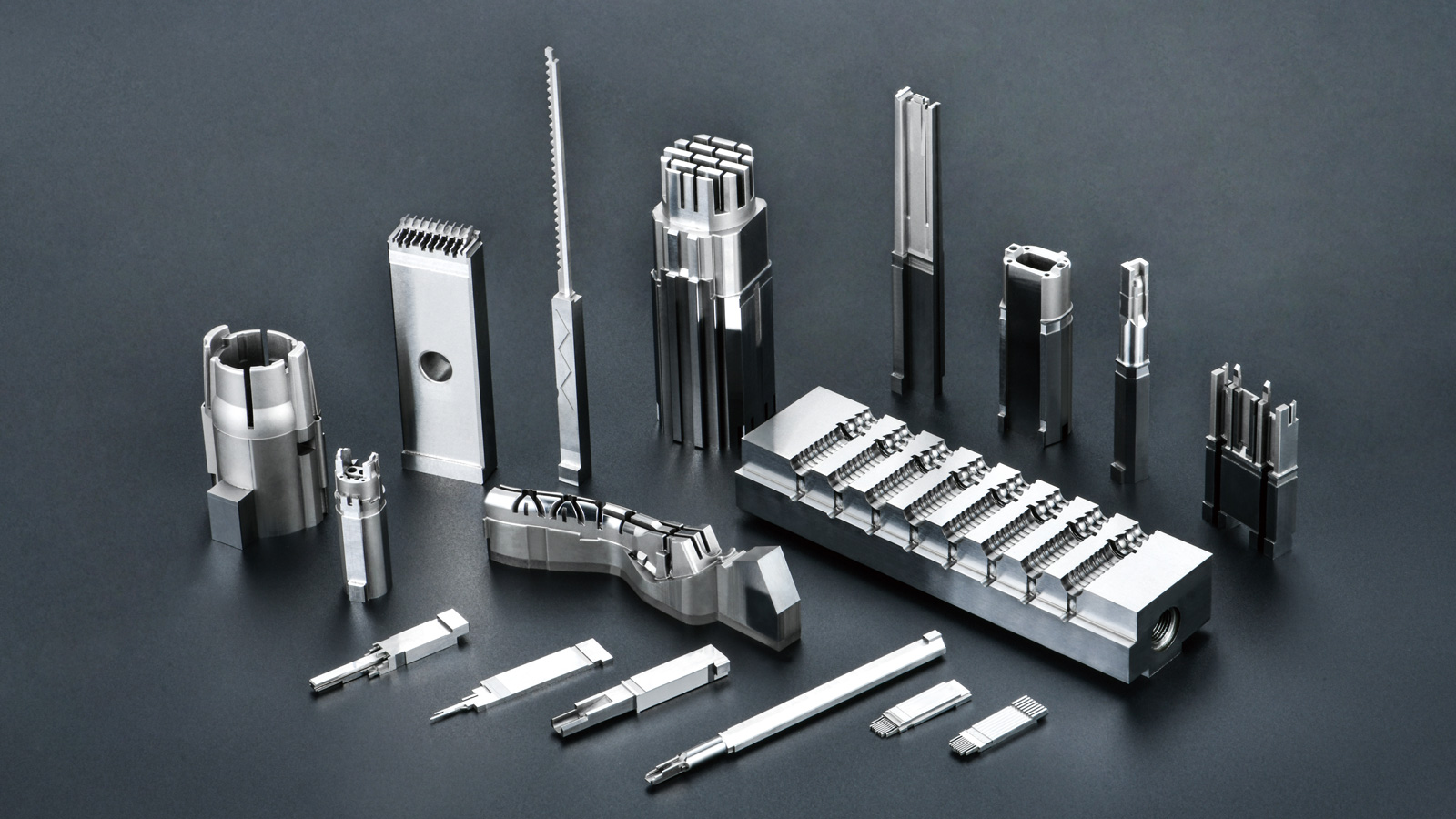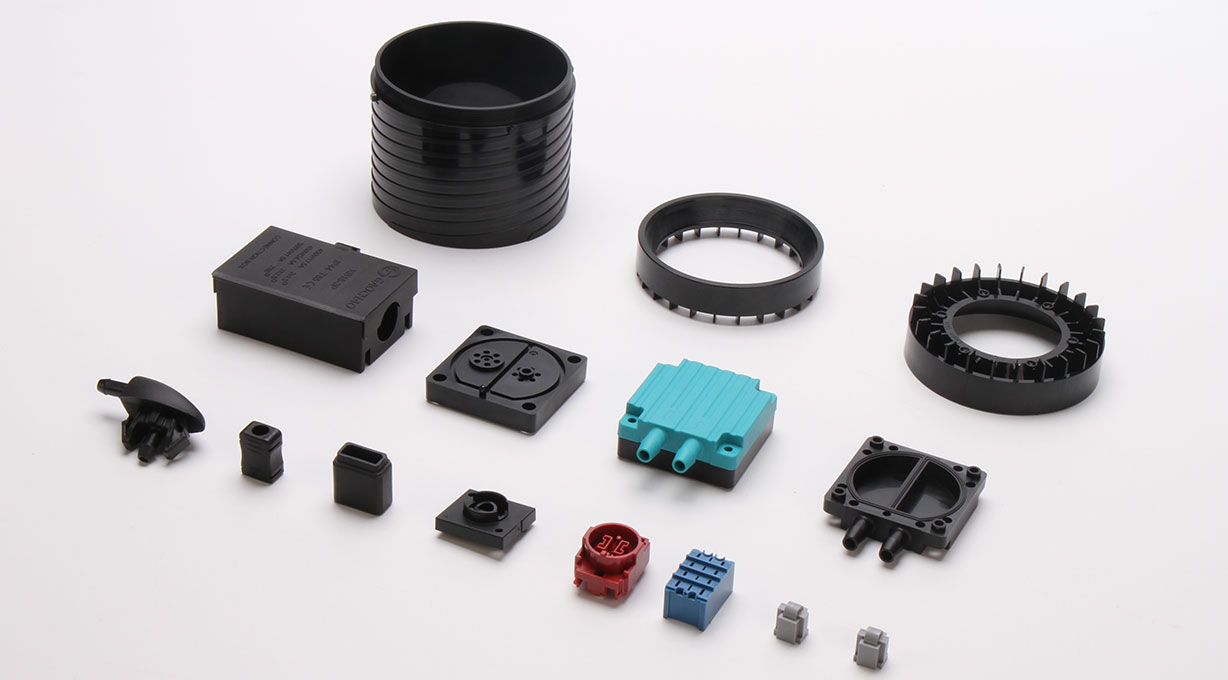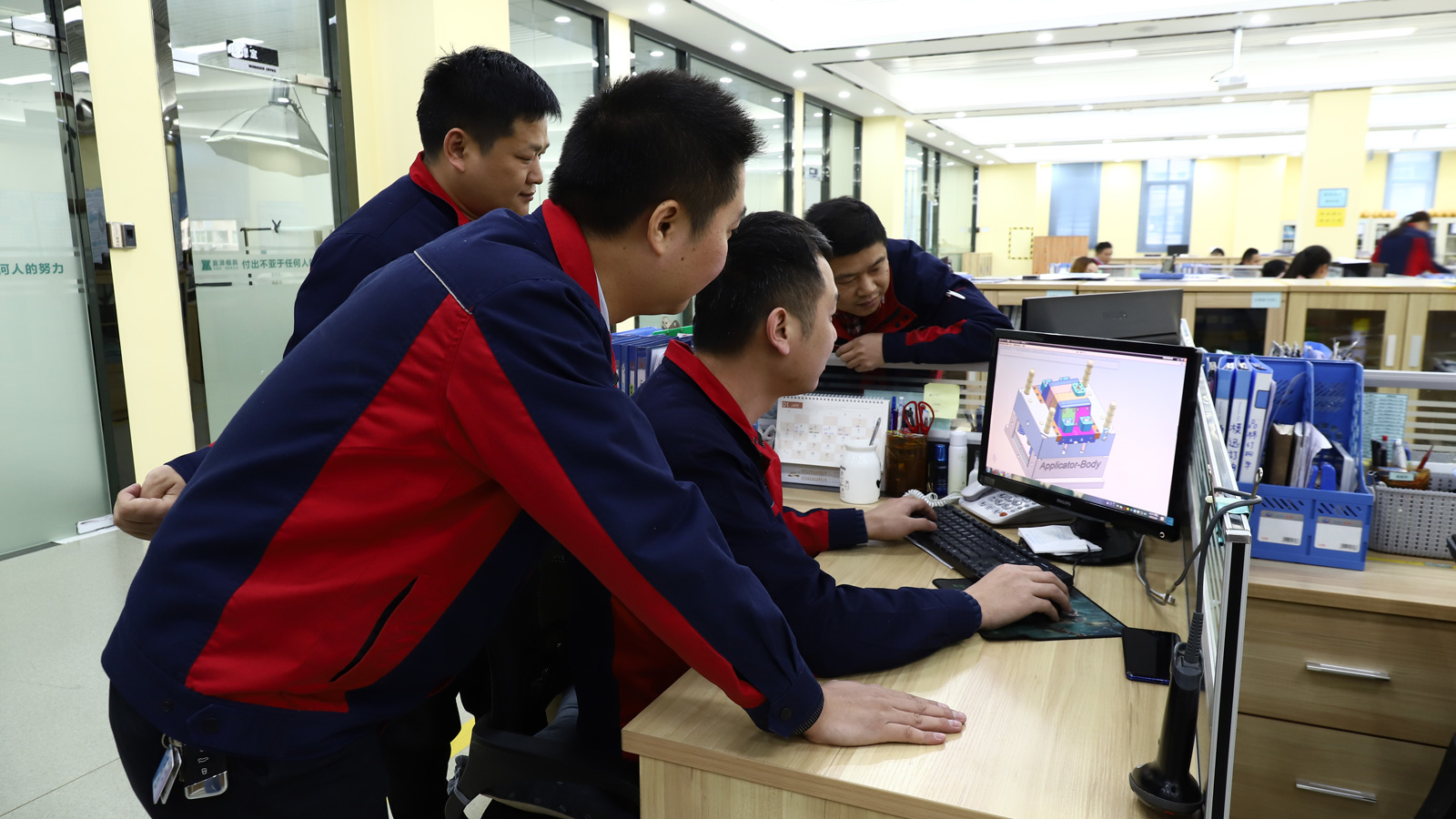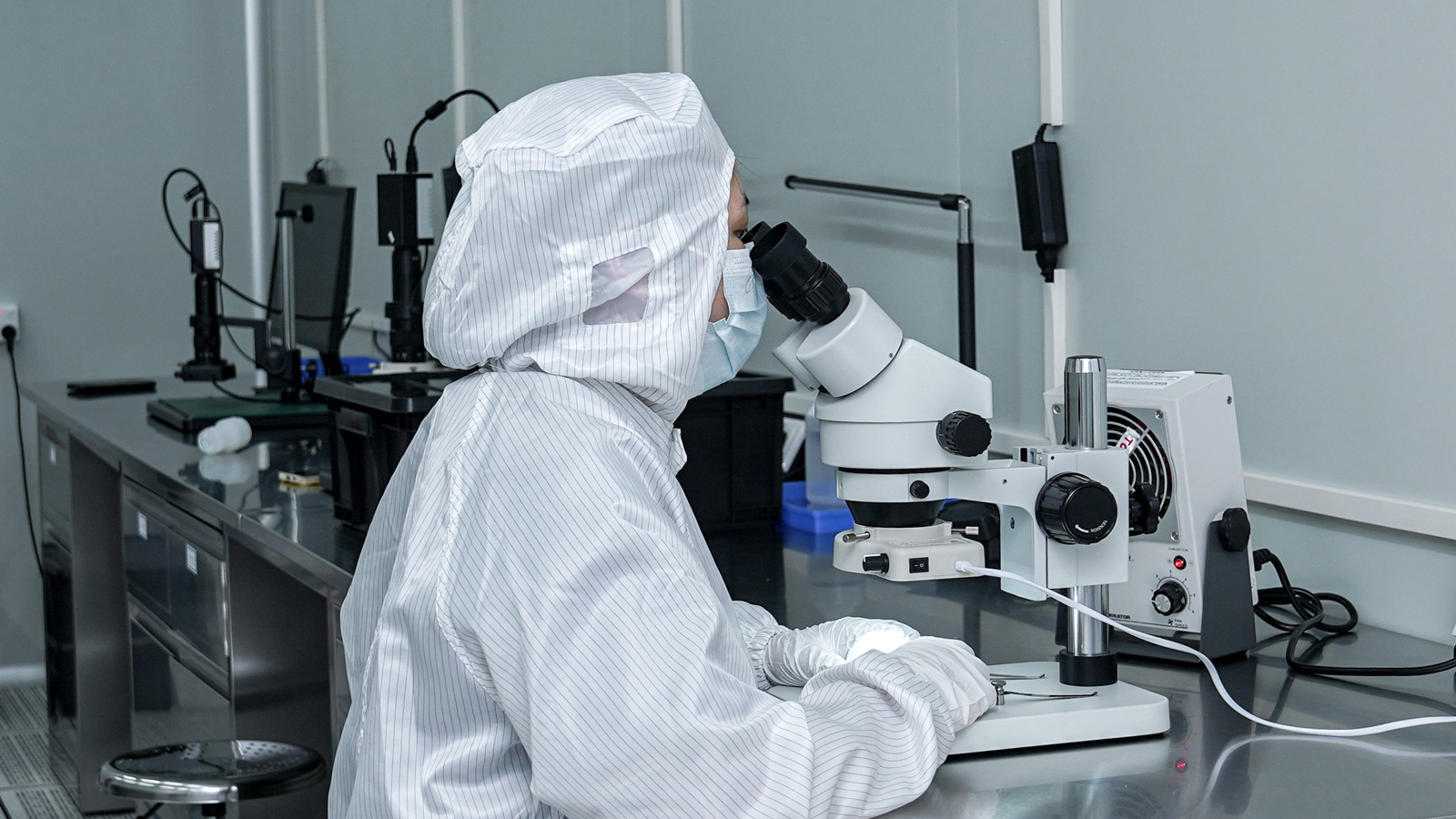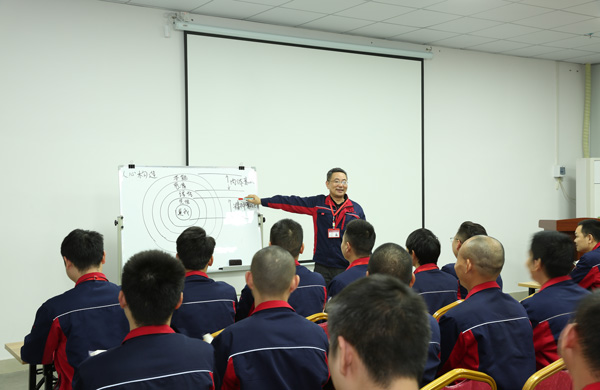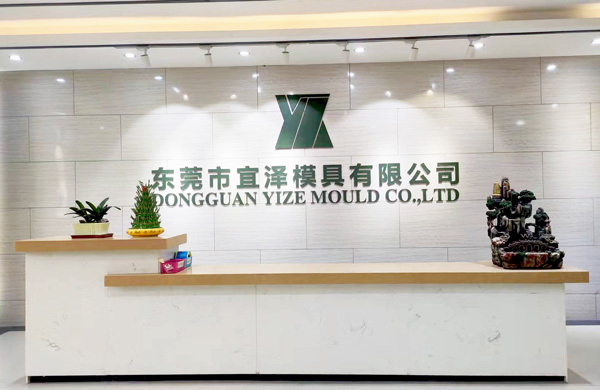In the field of high – performance plastic injection molding, PEEK (polyetheretherketone) is highly favored due to its excellent heat resistance, mechanical properties, and chemical corrosion resistance. However, the characteristics of PEEK materials, such as high melting point, low fluidity, and high shrinkage rate, pose significant challenges to mold design. This article will delve into several key points in PEEK mold design to help engineers and designers better address these challenges.
1. Selection of Mold Materials
The high melting point of PEEK materials (approximately 343°C) requires mold materials to have outstanding high – temperature resistance. Commonly used mold materials include H13 hot – work die steel and S136 stainless steel. These materials not only have good high – temperature resistance but also excellent wear resistance and corrosion resistance, ensuring that the mold can operate stably under high – temperature and high – pressure conditions for a long time.
2. Wall Thickness Design and Uniformity
PEEK materials have a relatively low shrinkage rate during the cooling process, but uneven wall thickness can lead to internal stress and deformation problems. Therefore, in mold design, the wall thickness should be as uniform as possible, with a general recommendation of keeping it between 1.5 and 3mm. If the design requires areas with different thicknesses, the transition parts should use arc transitions instead of right angles to effectively avoid stress concentration.
3. Gate and Runner Design
Due to the high viscosity and low fluidity of PEEK materials, the design of gates and runners is crucial. The gate should be as large as possible to reduce injection pressure and improve filling performance. The runner system should be designed to be as short and wide as possible to reduce material flow resistance. At the same time, adopting a hot runner system can keep PEEK in a molten state, reducing material waste and the molding cycle.
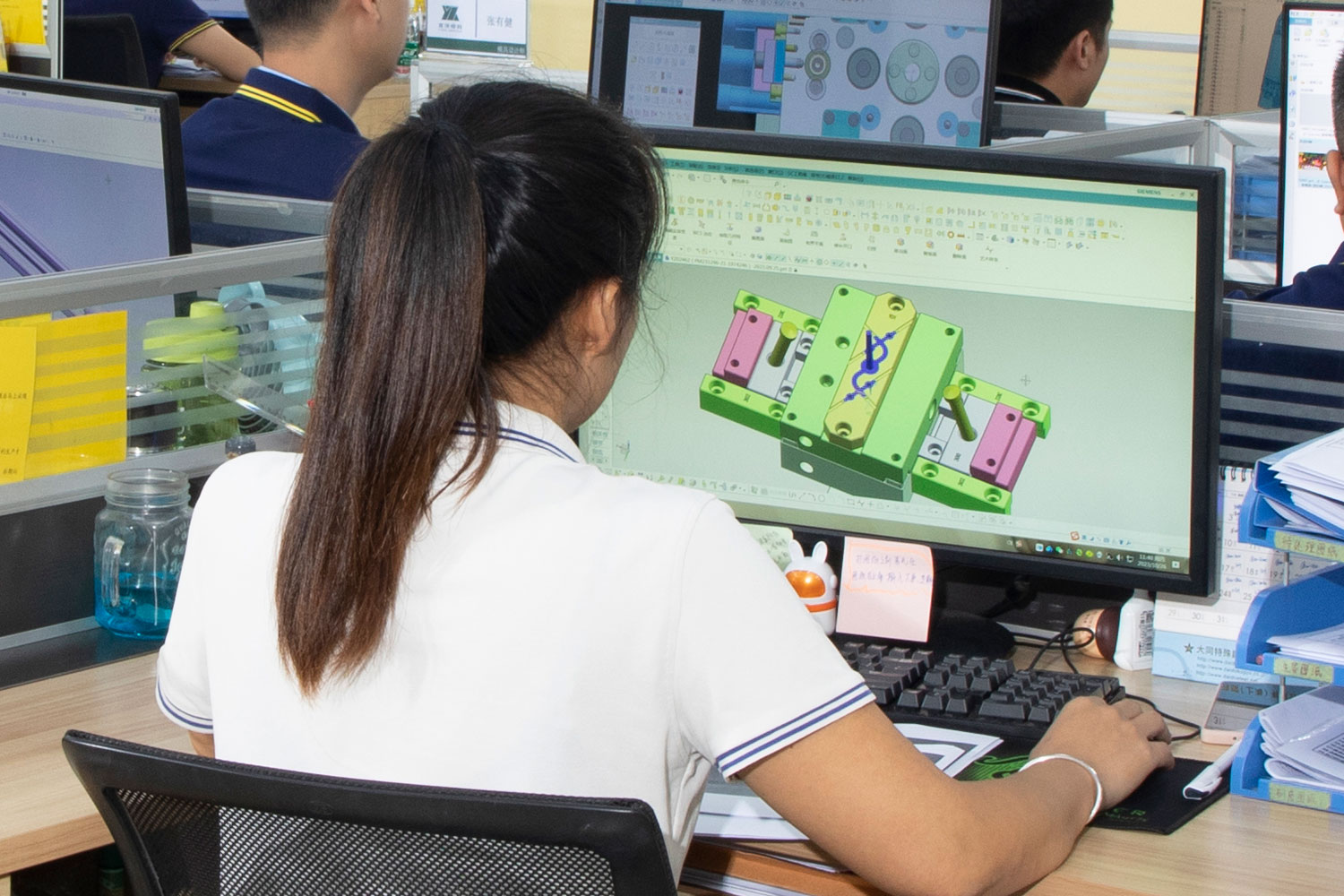
4. Cooling System Design
The high melting temperature of PEEK materials requires the mold to have an efficient cooling system. The cooling water channels should be evenly distributed to ensure uniform temperature across all parts of the mold, avoiding warpage and deformation caused by uneven cooling. At the same time, select appropriate cooling media and cooling parameters, such as the temperature and flow rate of the coolant, to optimize the cooling effect.
5. Draft Angle and Surface Treatment
PEEK materials have strong adhesion to the mold surface and high rigidity, making demolding difficult. Designing a reasonable draft angle (usually recommended to be 1° to 3°) can smoothly remove the injection – molded parts from the mold, avoiding damage to the parts during the demolding process. In addition, special surface treatments on the mold, such as chrome plating or applying release agents, can reduce the friction between the mold surface and the PEEK injection – molded parts, facilitating demolding.
6. Simulation Analysis and Optimization
During the mold design process, using simulation analysis software to optimize the gate location, runner system, and cooling system is crucial. Through simulation analysis, the flow of the melt can be predicted, the occurrence of weld lines can be reduced, and the quality and production efficiency of the injection – molded parts can be improved.
Conclusion
PEEK mold design is a complex and meticulous process that requires comprehensive consideration of multiple aspects, including material characteristics, wall thickness design, gate and runner design, cooling system, draft angle, and simulation analysis. By continuously optimizing the mold design, the quality and production efficiency of PEEK injection – molded parts can be improved to meet the stringent requirements of high – end fields such as aerospace and medical care for high – performance plastic components. As engineers and designers, we should continuously learn and explore new mold design technologies to promote the application and development of PEEK materials in more fields.
